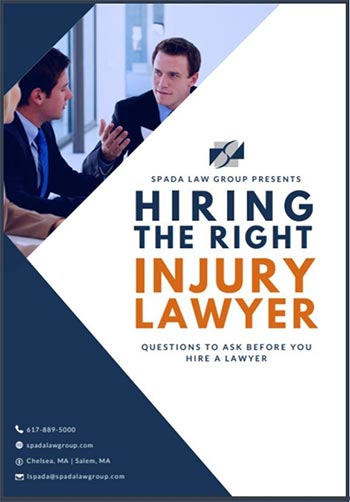It’s winter again, which means icy, slip and fall accidents are just around the corner. Taking a tumble in the wintertime is bad for everyone, and can result in broken bones, missed work, lost income, and even lawsuits.
Click the graphic above for tips for walking on ice and preventing slips and falls in the winter so you can keep your family, your business, and yourself safe.
Preventing Slips and Falls: For Walkers
Walkers don’t have to be powerless in the face of winter’s perils. There are several things a pedestrian can do to keep themselves and their family off the ice and out of the snow.
Get a Good Pair of Boots or Shoes
Make sure your footwear is fitted and updated with slip-resistant bottoms. If your shoe treads are worn down, consider replacing them with a new pair.
Walk Slowly
The cheapest thing you can do to prevent slips and falls in the winter is to walk slowly and with purpose. Be careful of where you put your feet!
Aim to walk on surfaces with traction, such as:
- Dirt
- Paths Marked for Safety
- Exposed Patches of Grass
- Thawed Concrete or Asphalt
Steer clear of black ice (incredibly thin ice that is hard to see), stay in well-lit areas, and take the safest route you can find.
Try to Keep your Hands Free (And Stick the Landing)
Your arms are great balancing-sticks, so your best bet is to keep them free. If you feel yourself falling, you can catch yourself.
But if you’re holding something and you start to fall, make like a figure-skater and land on your bottom.
Preventing Slips and Falls: For Landlords and Business Owners
As a landlord or business owner, you’re legally obligated to keep your lots and buildings safe, and you should be extra-diligent when it comes to snow removal. A good amount of care and attention can go along way in preventing lawsuits and injury in the wintertime.
Identify Potential Dangers
You can see things that pedestrians and your customers can’t, such as:
- Dips and Potholes that could Attract Slush and Ice
- Clogged Drains that Prevent Water Removal
- Broken or Bad Lighting in Icy Areas
- Damaged Steps, Walkways, or Handrails
- Areas of Differing Floor/Ground Textures (Half-Slippery, Half-Dry)
Make a checklist of these danger-areas and find solutions to them. Cover potholes, unclog drains, fix bad lighting and damaged steps, place floor mats at each of your building entrances, and always place signs to warn customers away from dangerous areas.
Keep in Touch with your Maintenance Staff
If you aren’t in charge of salting and shoveling your own sidewalks, have regular conversations with those who do. Make sure they know what you need from them. Keep instructions clear: it’s your customers at stake.
Be Smart, Stay Safe
The best thing you can to for preventing slips and falls in the winter is to be aware of your surroundings. Fix or avoid something that’s not right, and make sure others know it’s there.
Preventing slip + falls is a challenge for any company – especially those that deal with the public. Still, the challenge is eminently manageable with some forethought. For more detailed advice on preventing slip and fall accidents in your company’s workspaces, please contact us at the Spada Law Group. We can be reached at 617.889.5000.


